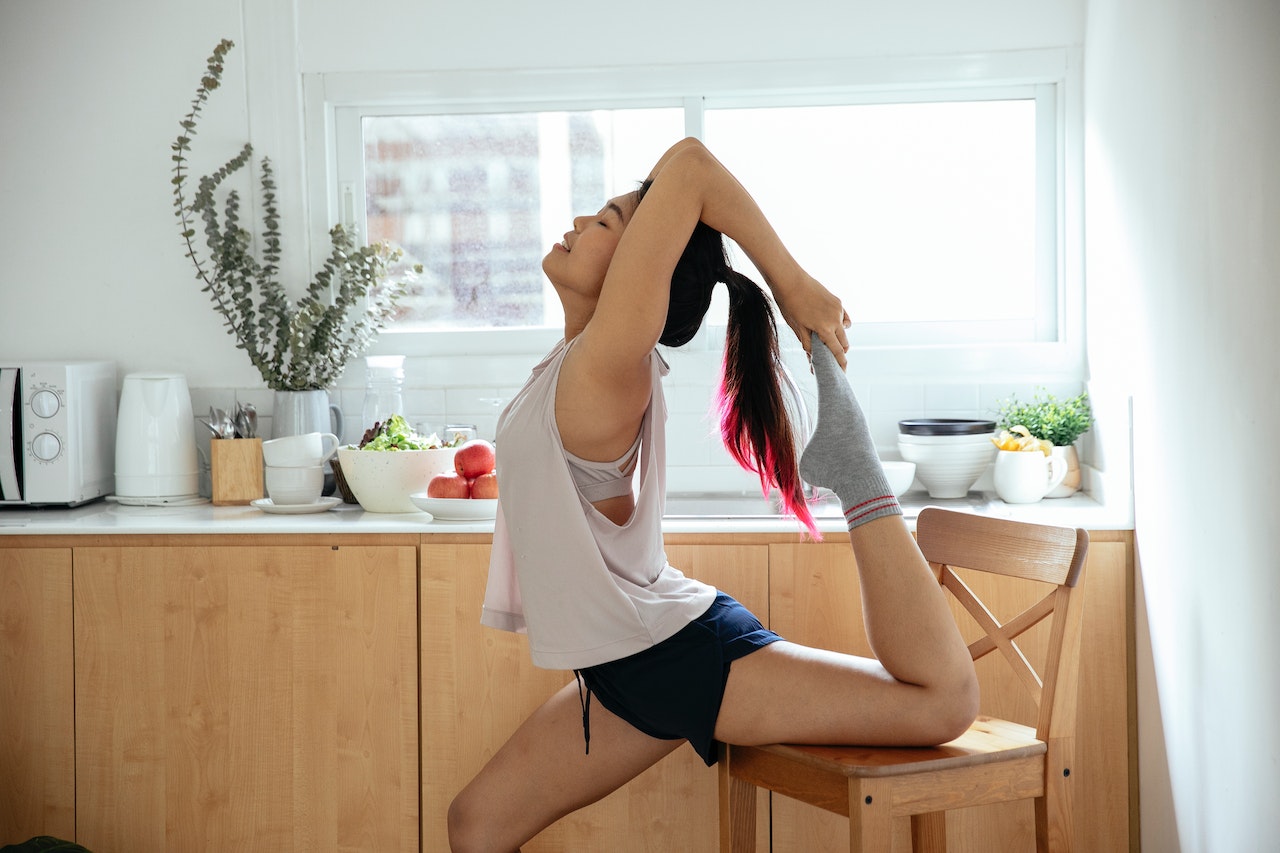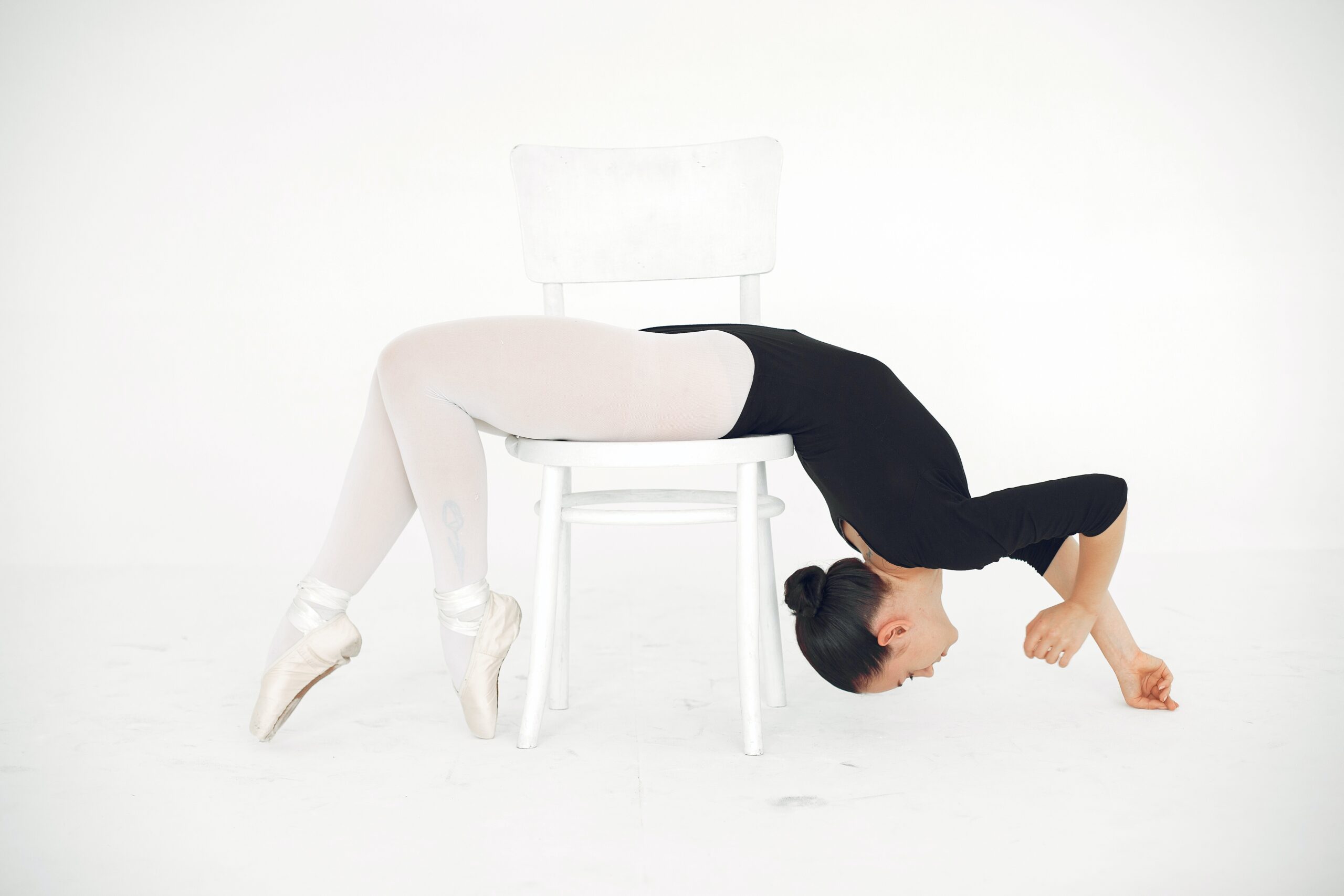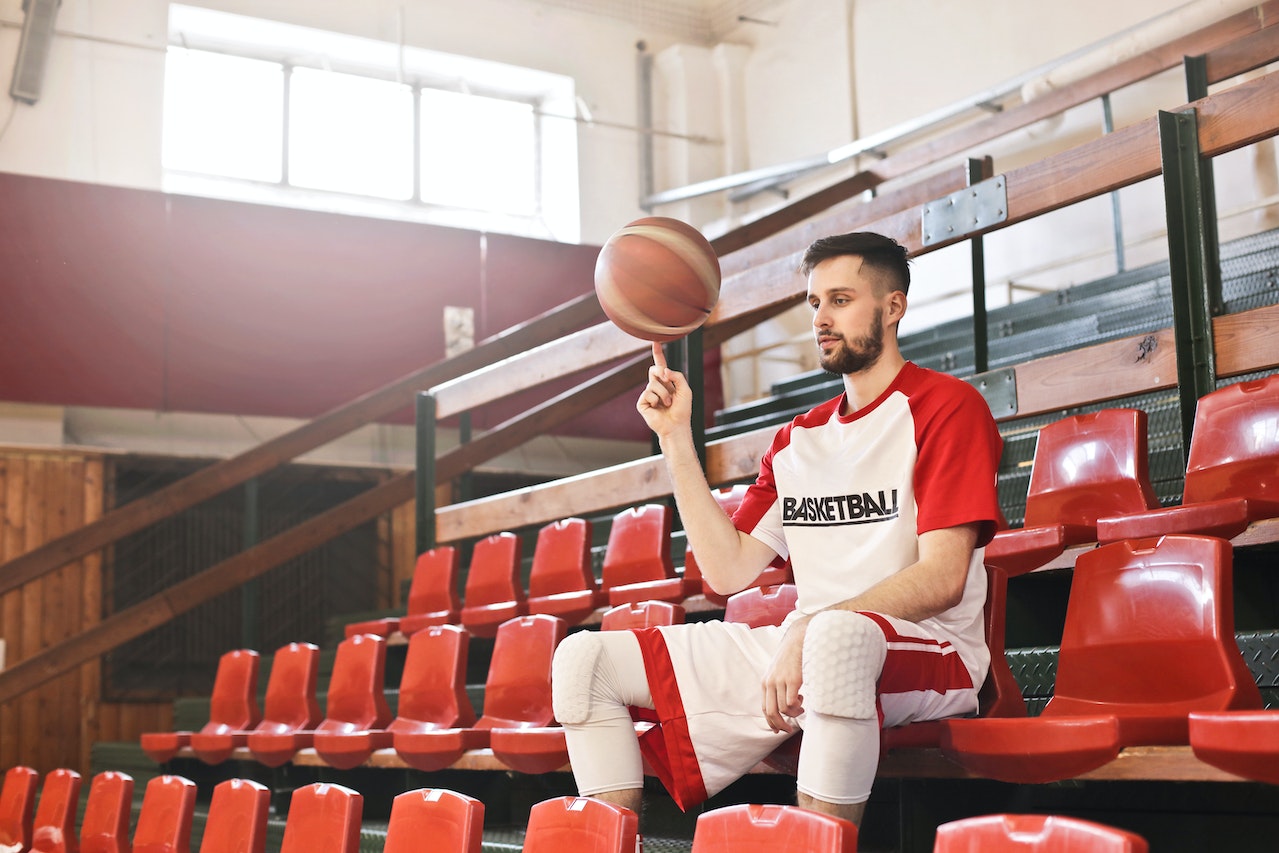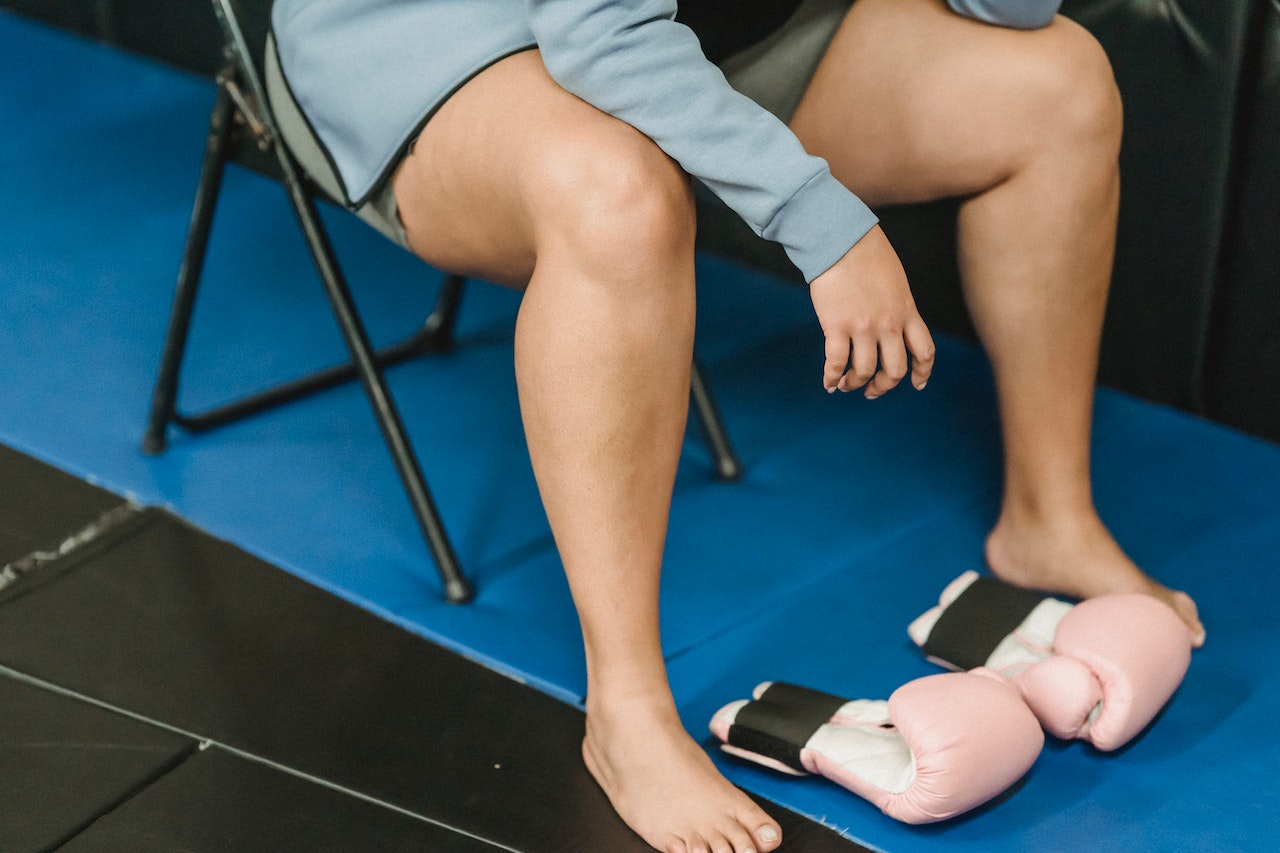Many people struggle to maintain adequate exercise routines. Work, family obligations and health can all interfere with even the best intentions. If you are coming back to fitness after some time away, you should consider taking it slow. Focus on easing back into routines. The best and safest way to ease into an exercise routine is by performing chair exercises. You can find many effective whole-body chair workouts, but why not start with only a few exercises?
1. Calf Raises

Calf raises are a common leg exercise that you can perform while seated. While sitting tall, plant your feet firmly on the floor at about a hip distance apart. Look ahead, and engage your core. Lift the heel of your right foot off the floor while maintaining contact with your toes. Raise your calf as high as you can and engage the muscles. Hold the position for 20 seconds. Lower the heel and repeat the movement 10 more times. Repeat the exercise with the left leg when finished with the right leg. Do a minimum of three sets per leg, 10 reps each set.
To make the workout even more challenging, perform two additional sets with both legs simultaneously. Do not rush the exercise; move slowly through each movement and engage the muscles.
2. Hip Marches

Hip marches give people a way to perform modified cardiovascular exercises. They also provide opportunities to improve hip flexibility. According to personal trainers, hip marches are straightforward exercises with minimal risk of injury, making them suitable for aging adults and beneficial for all.
Start in the same position as you did with the calf raises. You need to keep your torso tall and your abdominal muscles engaged. Some people find it helpful to push up slightly on the chair's armrest, keeping a straight back and remaining seated. Imagine marching down the street or across a stadium field. Lift your knee as high as you can. Hold your knee in position briefly before lowering it back to the ground. Do the same march simulation for the opposite leg.
Because this is a cardiovascular exercise, you'll want to repeat the movement at least 20 times. After 20, take a small break before repeating the exercise. You should repeat the exercise two or three times.
3. Sit-and-Stands

Professionals consider sit-and-stands as a precursor to squats. While often included in exercise routines for seniors to help improve and maintain mobility and strength, these faux squats can help anyone improve leg strength, balance and control.
Sitting in a sturdy chair, assume the starting position of the previous two exercises. You want to avoid using your arms and hands as much as possible, engaging the core and using your legs instead. While leaning forward from the hips, push your weight down into your feet. Extending through your legs and engaging your core, straighten your body, ending in a standing position. Then, push your hips backward and allow your knees to bend as you slowly and carefully lower yourself back into the chair. Repeat the sit-and-stands 10 times, and perform two to three sets.
Chair exercises provide an excellent and safe way to ease back into an exercise routine after time away. Talk to your primary care physician first if you want to start a new fitness regimen.

